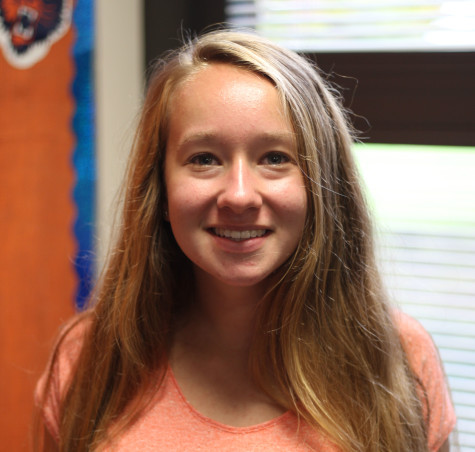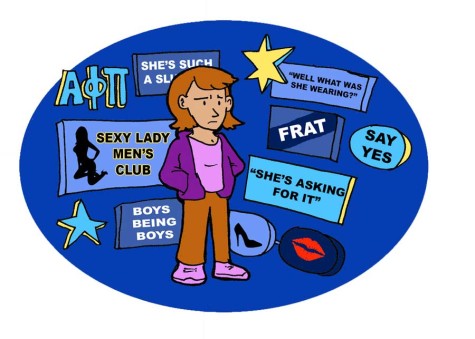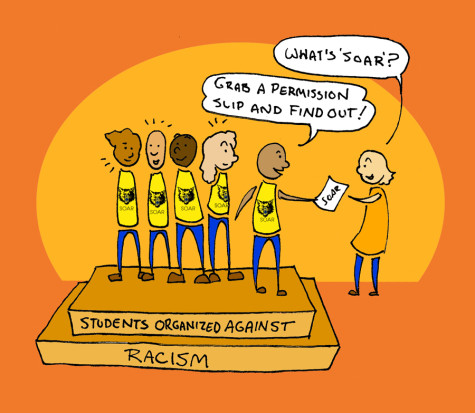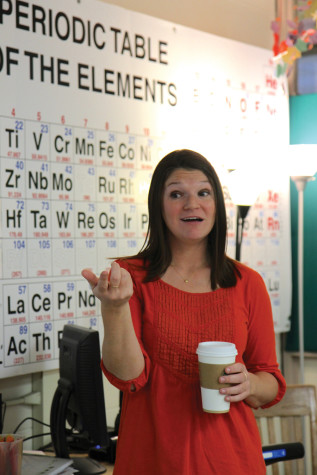Evanston’s history of segregation brought to light
Evanston was pushed into segregation.
“Segregation in Evanston began in 1910. Members of the community fought segregation, but it was more forced on the community by real estate companies and the government,” insists Dino Robinson, founder of Shorefront. She explains that segregating Evanston was not entirely the community members’ idea.
In 1910, at the start of segregation in Evanston, there were 737 residents of color. By 1930, that number had grown to 5000 as a result of Jim Crowe laws and real estate companies forcing people of color to live in designated areas.
Even now, Robinson believes Evanston is partially segregated.
“Integration is a slow process. Families are already living in certain areas. We are still trying to integrate Evanston completely,” she says.
Some students disagree.
“I don’t believe Evanston is segregated today,” argues sophomore Roland Amarteifio. “People are friends with others of different races, and they don’t become friends because of race; it’s because they like the people they’re around. Race has nothing to do with the relationships built at ETHS.”
“While there is a racial divide in residence in Evanston, I think our community should embrace our differences,” explains junior Gayle Stamos. “I think Evanston is very diverse and it’s time we as a community take advantage of our rich diversity.”
“Integration manifests in various ways. In terms of education, keeping a balance between schools is hard because there are still segregated parts of the community. Keeping a good mix is difficult,” says Robinson
Edward Jourdain Jr, leader of desegregation, became the first African-American alderman in 1931. He challenged standards and fought for desegregation of the beaches and schools.
As alderman, Jourdain organized sit-ins to integrate the community. The Fleetwood Jourdain center was built in his honor and it is also the first building built in Evanston to honor a black man.
Since the start of segregation in Evanston, our city has come a long way. Evanston’s first black mayor, Lorraine Morton, was elected in 1993. She worked towards desegregation in schools by becoming the first African-American teacher to work in Evanston schools. Morton first taught at Nichols Middle School and Chute Middle School.
Despite the extensive steps that have been taken against segregation in the community, not everyone feels that Evanston as a community is integrated.
“Evanston is divided by the living areas,” explains junior Bo Bercasio. “We have houses by the lake with more floors than inhabitants. And who lives there? White people. A few blocks West, you have poverty that is more extreme than most Evanstonians want to admit. Over the summer I used to drive to south Evanston every day to pick up my friend and the whole summer I saw no white people over there.”
The 2010 U.S. Census shows that of Evanston’s 74,486 residents, 61.2% are white and members of any minority group represent 39.7% of Evanston’s population.
Your donation will support the student journalists of the Evanstonian. We are planning a big trip to the Journalism Educators Association conference in Nashville in November 2025, and any support will go towards making that trip a reality. Contributions will appear as a charge from SNOSite. Donations are NOT tax-deductible.







Charles Moss • Jan 27, 2021 at 10:35 am
I am almost 86 years old and was educated from kindergarten through high school in Evanston. Recently, friends and I were discussing racism, and I thought about Evanston between 1949 and 1953 when I attended high school.
I was aware that the YMCA was not integrated, because of the pool ( we won’t swim with Negros.” I was aware of the Foster street school segregation, but our sports teams (sans swimming) were integrated. My memory is foggy, but I do not recall one Black reacher in Miller, Nichols or ETHS, nor do I recall a black student in any of my classes.
How is that possible?! This is the essence of white privilege. I thoughtI was one of the liberal students, but the clear and ever present segregation never crossed my mind. Shame on me.
David • Jan 20, 2015 at 3:10 pm
Probably some Browns and Reds, too. & Reds I don’t mean commies.
David • Jan 20, 2015 at 3:05 pm
I liked school at ETHS with Blacks and Whites. The diversity was great!
Marietta • Oct 12, 2014 at 6:31 pm
I visit daily some blogs and sites to read content, however this web site presents feature based writing.